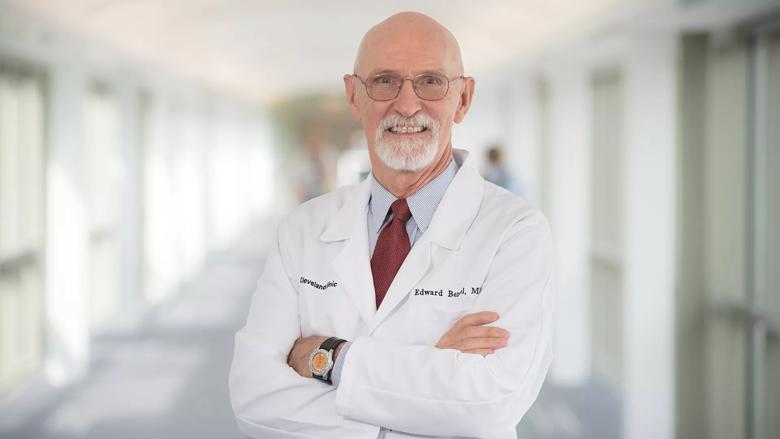Cleveland Clinic News Service | 216.444.0141
We’re available to shoot custom interviews & b-roll for media outlets upon request.
CCNS health and medical content is consumer-friendly, professional broadcast quality (available in HD), and available to media outlets each day.

Every hour, of every day, 90 children are treated in emergency departments for mild traumatic brain injury (mTBI), or concussion.
That’s an alarming 800,000 children annually. And that is just a fraction of the 2.5 million high school students who have had a sports- or physical activity-related concussion in the past 12 months.

The good news is they are being treated. For many years, children and adults injured from a bump, blow or jolt to the head – especially those incurred during football games and practices, or other contact sports – were waived off as a byproduct of participating in a “tough” activity. If you “got your bell rung,” you shook it off and returned to the playing field.
Thankfully, that thinking has been universally dismissed for quite some time, and coaches, trainers, physicians and parents are much more aware of the potential long-term cognitive effects of mild traumatic brain injury (mTBI). In the past decade, more incidents of mTBI have been recorded than ever before – not necessarily because more people are being injured, but because of our heightened awareness of head injury warning signs.
Nevertheless, there has been no consensus regarding the medically-accepted protocols for assessment, management, treatment and recovery of mTBI in children. Until today.
The Centers for Disease Control and Prevention (CDC) has just released, for the first time, guidelines related to pediatric mTBI in the journal JAMA Pediatrics. I was privileged to be a member of a more than 40 person cross-disciplinary work group that was charged with determining evidence-based clinical guidelines for its management and diagnosis. We undertook the most comprehensive review of the science on pediatric mTBI to date, covering 25 years of research.
Now, with 19 sets of recommendations in place for the diagnosis, prognosis, and management of pediatric mTBI, children should be treated similarly, and with accepted methodology, regardless of when and where their injury occurs. This is vital because a child’s still-developing brain is more vulnerable to chemical and structural changes that occur as a consequence of an mTBI. They, in turn, need customized plans to help with recovery.
While many of the CDC’s recommendations are geared towards healthcare practitioners, plenty of good advice is available for parents, too. Here are four important milestones and steps to be mindful of, in the days and weeks after your child has suffered an mTBI:
This last step is particularly critical for parents whose children are involved in high-contact sports.
When asked whether or not I recommend against participating in contact sports, I consider the risk and the benefit of such activity. There are multiple life lessons derived from participation. I, however, strongly recommend parents get to know their child’s coach, and make sure he or she has their child’s best interests in mind. Considering the risks and tangible benefits from participating in contact sports, we must remember they are just games. We should act accordingly.
I encourage you to visit www.cdc.gov/HEADSUP for more information. If your child suffers a concussion, his or her future health may depend on it.
Edward Benzel, M.D., is a Cleveland Clinic neurosurgeon and educator whose research currently focuses on spine care and sports-related concussions, with the latter centered on strategies to reduce risk and increase protection for athletes in contact sports. An author of more than 40 textbooks and well over 300 peer reviewed manuscripts, he is the emeritus chairman of neurosurgery at Cleveland Clinic’s Neurological Institute and Editor-in-Chief of World Neurosurgery.
Follow @CleClinicNews on Twitter for the latest stories on inspiring patients, medical innovation and breakthrough research.